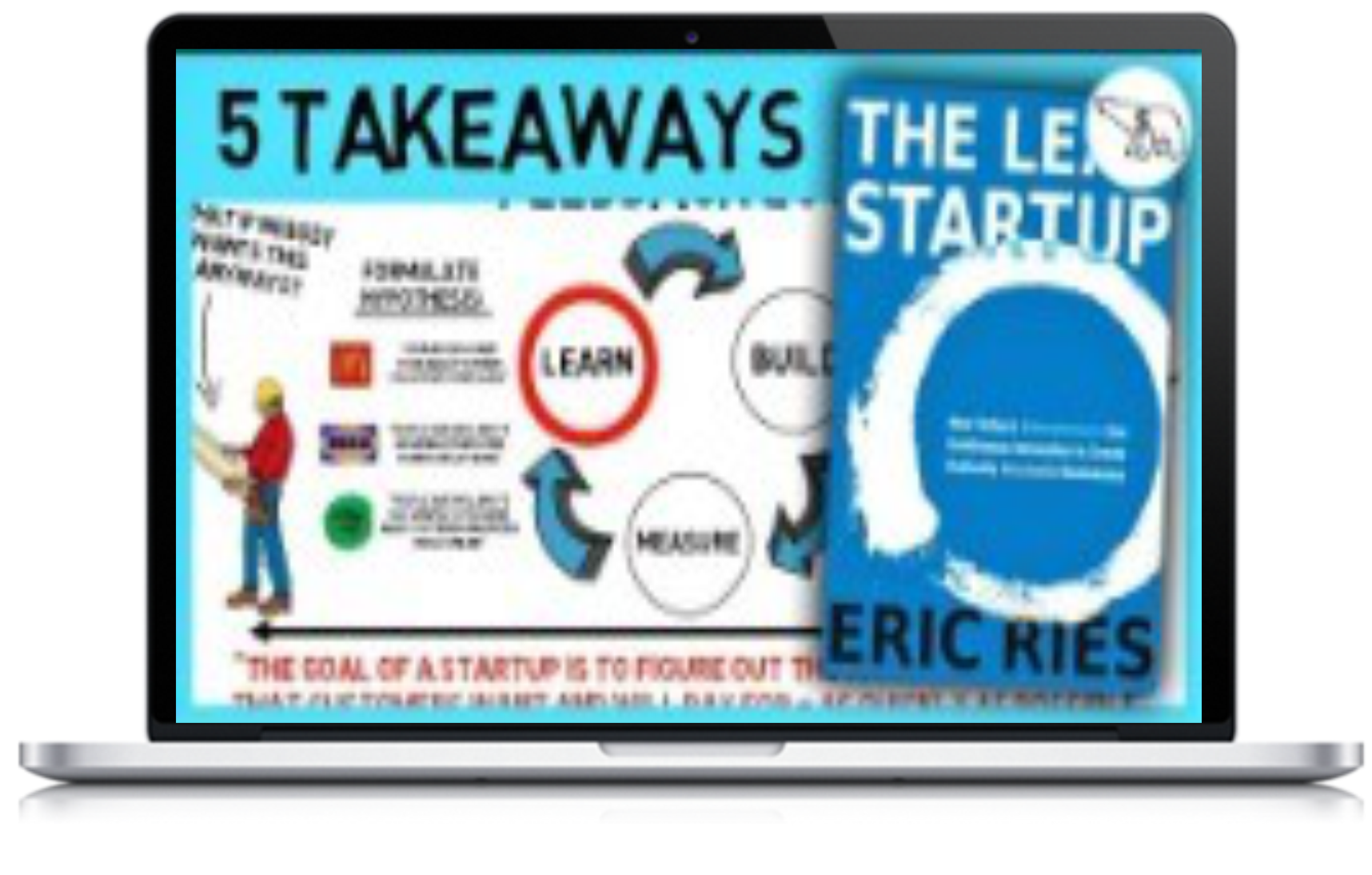- Home
- Study guide
- Module 1
- Topic 1: What is Student Digital Civic Engagement?
- Topic 2: How is Digital Civic Engagement Impacting Universities (and Beyond)?
- Topic 3: What Competences do Student Civic Engagers Develop?
- Topic 4: What does Student Digital Civic Engagement Look Like in Practice?
- Evaluation test for module 1
- Resources and further studies (Module 1)
- Module 2
- Topic 1: Problems that need solving – spotlight on global issues
- Topic 2: Improving your community through civic engagement
- Topic 3: Taking a service-learning approach to an DCE project
- Topic 4: DCE is building your competency levels. Here are the opportunities
- Evaluation test for module 2
- Resources and further studies (Module 2)
- Module 3
- Topic 1: What Do Great Digital Civic Engagement Projects Include?
- Topic 2: Getting Involved In Your First Digital Civic Engagement Project/ Initiative
- Topic 3: Using Technology To Enhance Your Civic Engagement Work
- Topic 4: Designing/ Delivering Digital Civic Engagement Solutions
- Evaluation test for module 3
- Resources and further studies (Module 3)
- Module 4
- Module 5
- Topic 1: Estimating Project Costs And Financial Needs
- Topic 2: Spotlight On Lean Start Up and Sustainable Business Model Canvas
- Topic 3: Crowdfunding Your Civic Engagement Projects /Causes
- Topic 4: Leveraging the power of corporate social responsibility
- Evaluation test for module 5
- Resources and further studies (Module 5)
- Module 6
- Topic 1: Why Building Credibility, Trust and Relationships are Key
- Topic 2: Cultivating and Growing a Student Civic Engagement Community
- Topic 3: Spotlight on Mission Marketing
- Topic 4: Technology Tools to Help You Share and Spread Your Civic Engagement Work
- Evaluation test for module 6
- Resources and further studies (Module 6)

Topic 2: Spotlight On Lean Start Up and Sustainable Business Model Canvas
This topic covers information on ways to finance an DCE project. The learning outcome of this topic is to gain an understanding of lean start-up and how tech companies help to fund their organisations.
 What is the Lean Startup Methodology?
What is the Lean Startup Methodology?
The Lean Startup process is an ideal methodology on which to base student civic engagement project. It provides a formula & scientific approach to new project/service or product development. It teaches you how to create and manage a project, and to get your project to your chosen target group/ marketplace quicker and more efficiently.
Not every project will be successful. Lots of startups can fail. Many spend years developing and designing a product without ever introducing or showing the product to their prospective customer. If the customer is unaware of the product and unable to provide their input, they cannot tell the startup what it is they like/dislike about the product or if they would use or buy the product.
If the startup appears to be disinterested in the customer’s opinion, why would the customer be interested in the startup? By focusing so much on getting the product perfected, the startup fails to engage with the customer base.
Taking a Closer Look at Innovation
Innovation is all about finding different ways to do things – the ideal basis for your project. In the business world, it gives companies a competitive edge.
By coming up with innovative ways of doing things, it might help to ensure your DCE project becomes a success. In an era where business and tech mesh so frequently, customers want to see better digital services. But innovation doesn’t just happen, it must be instigated.
Create an Innovative Environment. Encourage innovation as a value. Ensure your colleagues/team members know that it’s good to share ideas and identify new ways of doing things. Sometimes inaction is the biggest detriment to a project.
Cultivate your project member’s creativity and innovation – implement tactics such as brainstorming groups, suggestion boxes and time and space during the working day for creativity.
Positive reinforcement will help to foster an innovative culture.
How Does Lean Startup Help?
By using the Lean Startup approach, you can develop a process around the development of your product or service, creating order and using tools to test your vision continuously throughout the product (in our case project) development stage.
The Lean Startup methodology has the user or customer in mind from the beginning.
There are 4 core principles in the Lean Startup Methodology.
-
Entrepreneurs are everywhere.
Anyone with an idea for a project can apply the Lean Startup Methodology. No matter the size of your project or whether you’ll be working from your college, your bedroom office, or your garden shed, you can use the Lean Startup approach to save time, money and resources, and to ensure your startup is successful. -
Entrepreneurship is management.
Many companies, or in our case projects, assume that they don’t need to worry about things like management as they are so small. Like any company, management is essential. It may not look like traditional management in the sense there is less protocol, but management is necessary to be able to react in difficult situations, to liaise with stakeholders, and to guide coworkers/ volunteers with decision making and risk taking that may affect the outcomes -
Validated learning.
Validated learning means the startup conducts experiments to get results and base all future decisions on relevant scientific data from these results. Looking at the data gives a startup a strong idea on whether or not their business is viable and sustainable.
An DCE project must identify if their product or service solves a problem in the market – if not, it cannot be sustainable. The project must adapt in order to become a success. -
Innovation accounting.
In order to create a successful and sustainable project, we must focus on a different kind of accounting: monitoring progress in an objective way, prioritizing work and setting up milestones for the project, and making decisions based on the results of data.
Sustainable Business Model Canvas
The Sustainable Business Model Canvas is a useful tool to develop an idea into a viable business model. It focuses on making sure the relationships both inside and outside of the project work holistically. It can also identify the ecological and sociological consequences of the project.
It is relevant to student digital civic engagers. It aims to increase positive impacts on society and decrease negative impacts.
Steps in the Sustainable Business Model Canvas
Step 1: Familiarise yourself with the 11 key elements grouped as follows:
- Value Proposition – Customer Relationships – Channels – Customer Segments
- Key Partners – Key Activities – Key Resources
- Cost Structure – Revenue Streams
- Eco-Social Costs – Eco-Social Benefits
Your Value Proposition or Customer Segments element will determine what problem your project wants to solve, and whose.
Step 2. Work as part of your team to find a common understanding. When each person in the team is involved in the visualization of the company, it provides a canvas for developing the idea further.
Step 3. Present your idea canvas to your class, team or teacher. Invite feedback and implement any necessary changes in further interations until you are happy with the result.
Step 4. From the canvas comes a solid business model from which milestones and targets are made. More detailed plans can now be made, with the canvas and plan modified as necessary.
Check out this video summarizing the book “The Lean Startup” for more information.
 https://www.youtube.com/watch?v=RSaIOCHbuYw
https://www.youtube.com/watch?v=RSaIOCHbuYw



